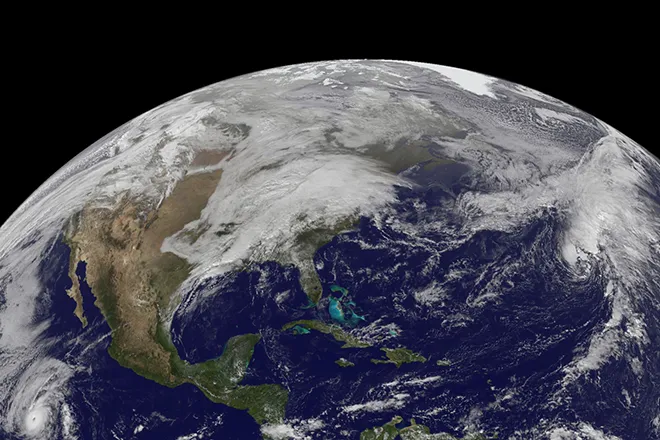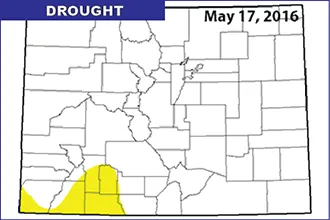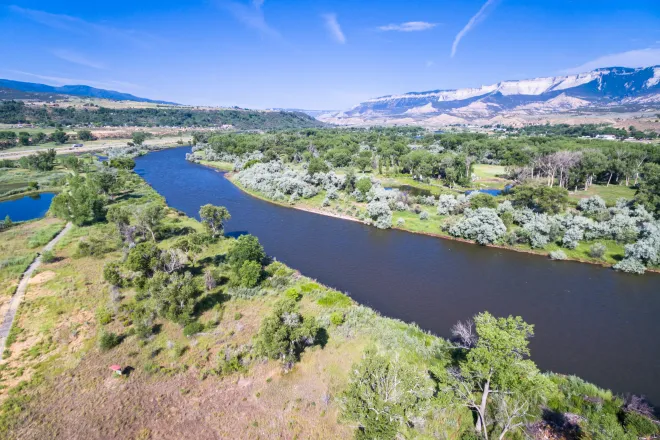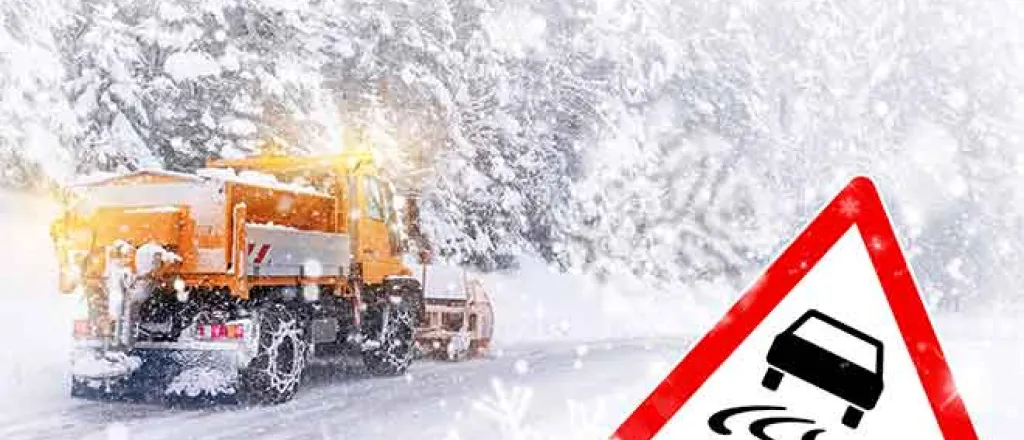
When does a winter storm become a bomb cyclone?
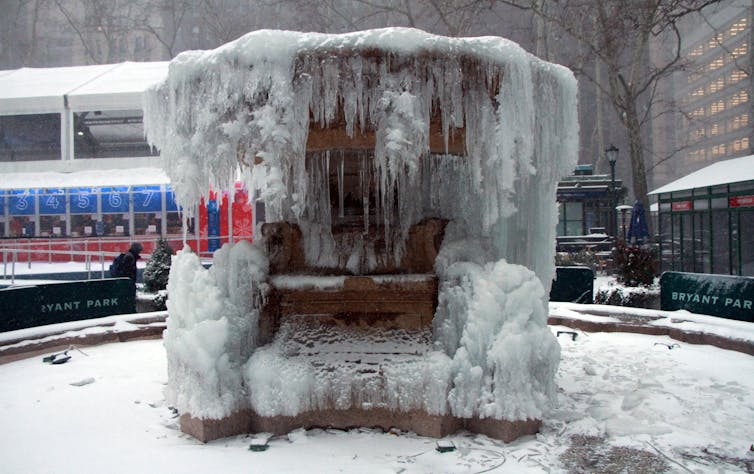
Russ Schumacher, Colorado State University
Blizzards in March, when our thoughts start turning to spring, are never good news. But warnings of “bomb cyclones” take the intensity to a new level. What does this ominous term, and related jargon like “bombogenesis,” tell us about the storm pounding states from Texas to Minnesota this week?
Let’s begin with the easy part: A cyclone – specifically, an extratropical cyclone, to distinguish from its tropical counterpart – is a large weather system with low pressure at the center and precipitation along cold and warm fronts. These storms are very common in autumn, winter and spring in the middle latitudes. The central and eastern United States typically see several over the course of a cool season.
What, then, distinguishes a “bomb” from a run-of-the-mill cyclone? The term was coined by famed meteorologists Fred Sanders and John Gyakum in a 1980 paper, and was inspired by the work of the Swedish meteorological pioneer Tor Bergeron. It describes a cyclone in which the central pressure drops very rapidly – an average of 24 millibars in 24 hours, at Bergeron’s latitude of 60 degrees north (the value becomes a bit smaller at lower latitudes). This is a lot when considering that variations of 10 or 15 millibars are typical over the course of any given week.
“Given their explosive development, it was an easy path to take to just call these systems ‘bombs,’ Gyakum said in an interview last year.
Wind speed is a function of the "pressure gradient” – the magnitude of the change from higher atmospheric pressure outside the cyclone to low pressure at its center, as well as how quickly the pressure changes over time. This means that a storm that rapidly develops an intense low-pressure region will have persistent strong winds.
Bomb cyclones are quite common over warm ocean currents, such as the Gulf Stream off the east coast of North America or the Kuroshio east of Japan. In both regions they draw energy from both the typical north-to-south variation in temperature and the warm water. Over land, although cyclones are common, it is very unusual to see them intensify so rapidly.
This week’s storm over the central U.S. appears likely to approach or even exceed the criterion for a “bomb.” It may also be among the lowest pressures on record for the Great Plains. But whether or not these specific standards end up being met is really only relevant for meteorological studies.
What is important is that the storm will develop quickly, and that it will produce a powerful combination of snow and wind over the Plains of Colorado, Wyoming, Nebraska and the Dakotas – a true blizzard. Conditions will change rapidly from warm and calm to heavy snow with intense wind gusts In the southern Plains, rain and thunderstorms – also with strong winds – are the main threat.
People in the storm’s path can expect major travel disruptions, potential power outages and risks to livestock. On the positive side, the attention that storms like this now receive, several days before they even develop, shows how much progress has been made in weather forecasting in recent decades, and how people can now be much better prepared for their impacts.![]()
Russ Schumacher, Associate Professor of Atmospheric Science and Colorado State Climatologist, Colorado State University
This article is republished from The Conversation under a Creative Commons license. Read the original article.


